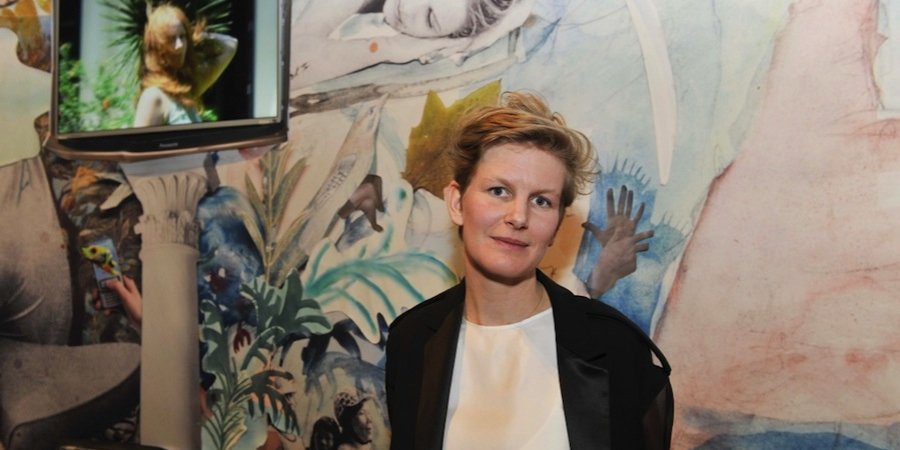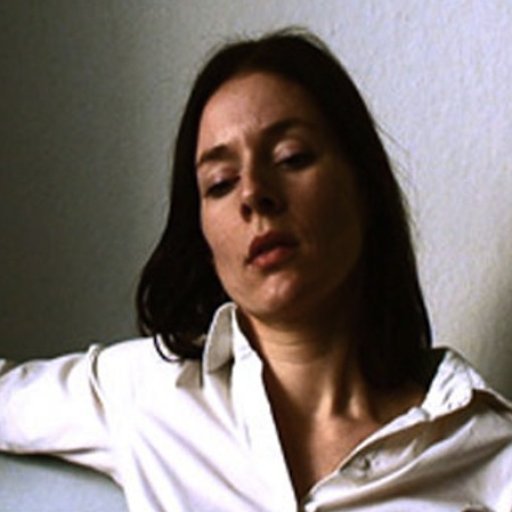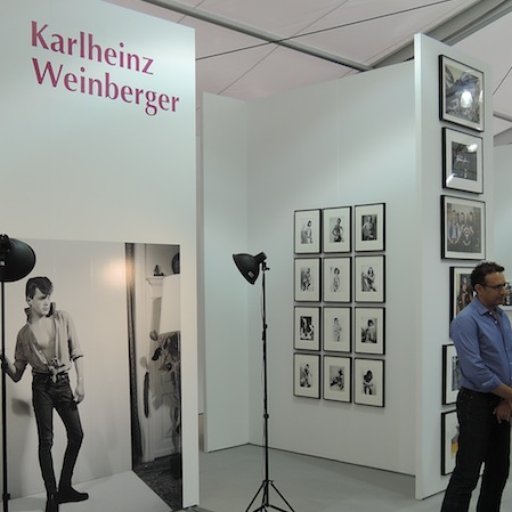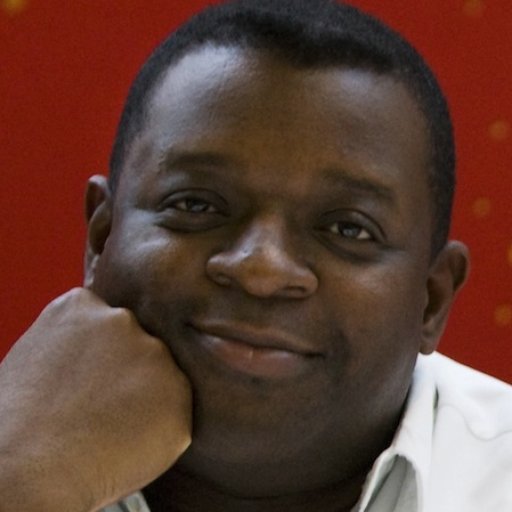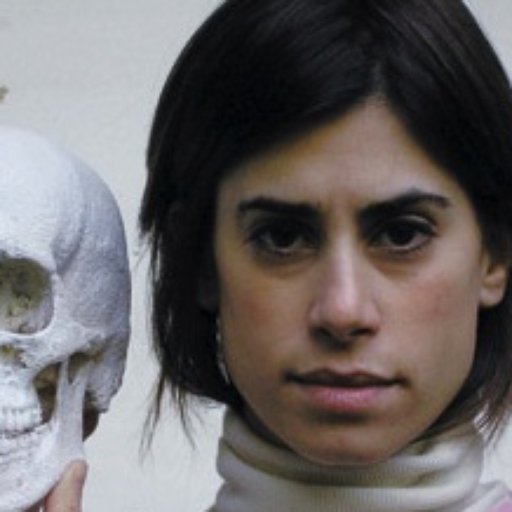LAURE PROUVOST
New Museum (February 12-April 13)
At 35, the French-born, London-based artist Laure Prouvost has already run the cursus honorum of the British art scene: she attended both Goldsmiths and Central Saint Martins for art school, showed at both the ICA London and Tate Britain, and then, last year, she outflanked front-runner Tino Sehgal to win the Turner Prize. Her victorious filmic installation, set in the nicknack-strewn fictionalized studio of her real conceptual-artist grandfather (who in the artwork is presented tunneling through the floor to Africa), was hailed by the jury as "both handmade and technologically current" with a "real richness of texture." Having conquered the U.K., Prouvost is now taking her offbeat, literarily minded work to the New Museum for her first solo show in the United States, a lobby installation called For Forgetting that will feature a mural, "scattered sculptural elements," videos, a film, and more.
JIM HODGES
Walker Art Center (February 15-May 11)
Nostalgia, love, and exceeding gentleness suffuse the art of Jim Hodges, whose lyrical—almost melodic—compositions pay tribute to tender moments with family, fleeting glimpses of beauty, and the memory of friends he has lost over the years (including those who fell to AIDS in the 1980s and 90s). Now, a 25-year survey of his work is coming to the Walker Art Museum in Minneapolis, presenting a visual bouquet of his conceptual flower arrangements, much-in-demand silver-chain spider webs, and sprightly fabric pieces that seem to embody tender domestic reveries.
COLLIER SCHORR
303 Gallery (February 27-April 12)
A photographer who uses her camera to explore the many-faceted mysteries of gender, Collier Schorr creates riveting, rigorously composed images. A seductive fluidity is provided by the flux between male and female norms, often expressed by bodies caught in the protean stages of adolescence. This month, Schorr's photography—which has been shown at the Walker Art Museum, the K-W Institute, the Stedelijk Museum, and other prominent venues—will return to her birthplace of New York City with a new show at 303 Gallery, "8 Women."
RICHARD HAMILTON
Tate Modern (February 13-May 26)
If you've glanced through the almost any textbook on 20th-century art, you've likely seen Richard Hamilton's famous 1956 collage Just what is it that makes today's homes so different, so appealing?, with its mashup of commercial imagery—a clipping of a living room containing a male body builder holding a giant orange lollypop suggestively at waist level, a nearly naked woman posing on the couch, and interspersed ads for Ford, tinned ham, and a vacuum cleaner. Enshrined as the first work of Pop art—which Hamilton defined as "popular, transient, expendable, low-cost, mass-produced, young, witty, sexy, gimmicky, glamorous, and Big Business" at a time when Warhol was still drawing shoes—the piece will be just one highlight of the artist's first comprehensive survey when it opens at Tate Modern this month, chronicling a career that spanned both political art and collaborations with Mick Jagger and the Beatles.
AMY SILLMAN
Aspen Art Museum (February 14-May 28)
Back in the 1990s, when many in the art world had turned their back on painting as a "dead" medium, Amy Sillman was one of the leaders of an underground revival, combining cartoonish imagery, a draughtsmanlike line, and jazzy color combinations to give new life to the legacy of abstract expressionism. Now that Sillman is widely seen as a contemporary-art heroine—her classes at Bard College are always thronged; she'll be in the upcoming Whitney Biennial—her many acolytes out West will have the chance to absorb her influential work this month when "One Lump or Two," her mid-career survey, travels to the Aspen Art Museum.
HIROSHI SUGIMOTO
The Getty (February 4-June 8)
From Vermeer to Hélio Oiticica and far beyond, the depiction of light has been an obsession for artists, challenging them to capture its lambent play and mysterious physicality—but no one has approached it in quite the same way as Hiroshi Sugimoto. Through extended exposures, he has photographically bottled the hazy, dreamy light of ocean vistas and movie theaters, and he has worked in laboratory-like environments to freeze brilliant flashes of electricity on paper, pinning down its feathery substance almost like a biological specimen, and he has even used artificial lighting to bring to life Madame Tussauds's wax statues and the inhabitants of natural-history dioramas, like some combination of Tesla and Dr. Frankenstein. This month a survey of his art, "Hiroshi Sugimoto: Past Tense," is bringing a selection of these bodies of work to the Getty.
PAWEL ALTHAMER
New Museum (February 12-April 20)
One of the showstoppers of last year's Venice Biennale was unquestionably Pawel Althamer's Venetians, a room-filling sculptural portrait of dozens of the island city's denizens that the artist created by casting their faces and then outfitting them with skeletal, wraithlike bodies of extruded plastic ribbons that made them seem both eternal and evanescent at the same time. That piece, an emblematic expression of his community-geared work, will be present in the Polish artist's first major American exhibition when it opens at the New Museum this month, along with a new installation featuring sculptures that the artist will make over the show's duration, to be shown alongside drawings accumulated from the exhibition's visitors.
ERIC FISCHL
Albertina (February 14-May 18)
A star of New York's art scene in the 1980s, the artist Eric Fischl earned the healthy reputation of being a "bad boy," both the title of his most famous work—a painting of a young boy openly watching a nude woman picking at her toes while he surreptitiously slides his hand into her Freudian purse—and of his recent tell-all autobiography of the period. Lately, however, Fischl has ostensibly mellowed, spending his time painting his often-famous, typically-well-heeled social circle in the Hamptons and perfecting his reputedly ferocious tennis game. But has his work really taken such a turn? Visitors to Vienna's stately Albertina museum will have a chance to find out this month when it stages his first major exhibition in three decades, a survey of his drawings, prints, watercolors, paintings, and bronzes that charts the artist's trajectory from the '80s to today.
DOUG WHEELER
David Zwirner (February 6-March 29)
If one were to measure the success of a show by the line of desperate aesthetes (or at least Instagram junkies) that develops outside, New York has seen a few blockbusters in recent years: Christian Marclay's The Clock at Paula Cooper, Yayoi Kusama's Infinity Rooms at Zwirner, and, the grandmommy of them all, Marina Abramovic's stare-off at her MoMA retrospective. The most mystical of these crowd-pleasers, however, was Doug Wheeler's 2012 light installation at Zwirner—a gallery of graduated white light that showed the veteran L.A. artist, who had been quiet for decades, creating an even voidier void than Yves Klein's fabled The Void of 1958. That Wheeler show required that only a few sublime-seekers enter the gallery at a time, so the line was grueling. Now, with Wheeler bringing another one of his immersive light installations to the gallery this month (an approximation of the engulfing light the artist sees out his airplane window flying over New Mexico), Zwirner staffers have innovated a way to contend with the expected crush: a reservation system that will allow visitors to call ahead to reserve a spot in the work.











